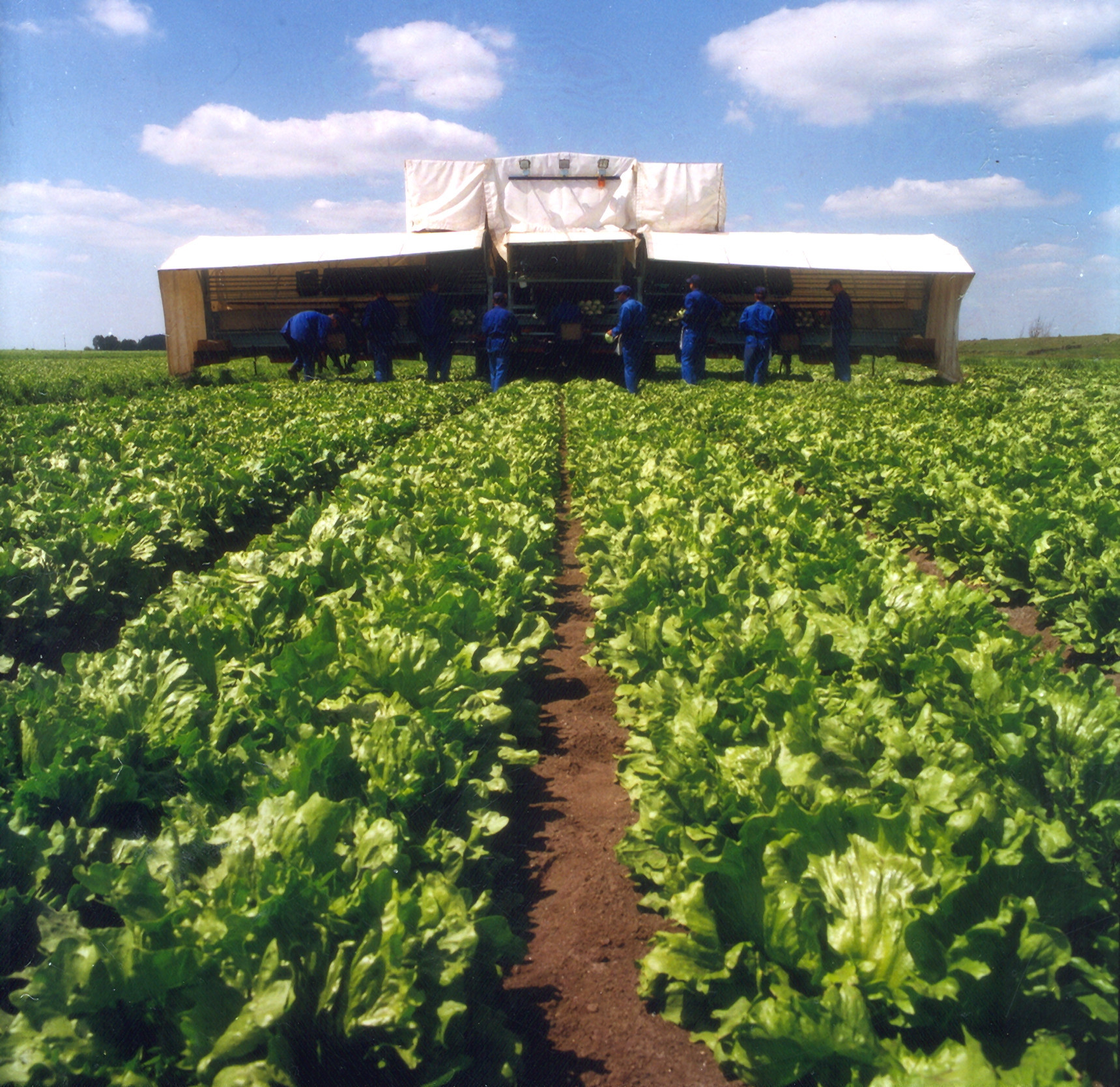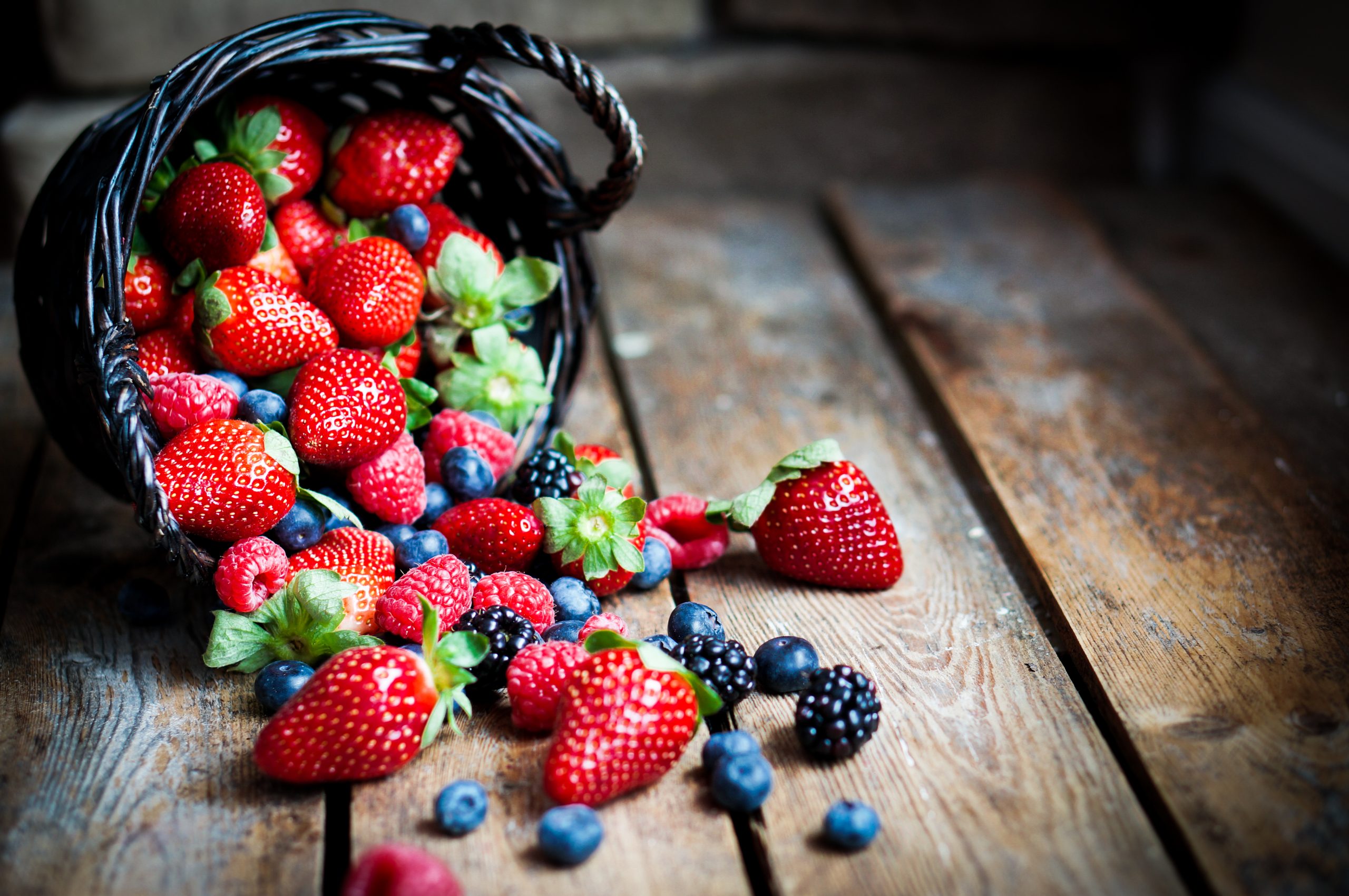British Growing is a significant part of the overall food manufacturing sector, producing fresh food crops across the UK. The sector employs over 100,000 full time and seasonal workers across all the disciplines needed to produce high quality produce. British Horticulture contributes over £3bn to the nation’s GDP. UK is over 40% self-sufficient in indigenous Fruit supply and this is increasing.
However, the nation is less than 60% self-sufficient in Vegetable & Salads supply and this is declining. The industry is highly capital intensive, scientifically progressive, technically advanced and environmentally responsible. Food security of supply (self-sufficiency) matters because UK population is rapidly increasing towards 70m people.
Our planet’s soil, water and energy sources are finite resources. We will continue to face competition from emerging economies with rapid growths in population and standards of living. The negative resource impact of bringing fresh food from outside of the UK is far greater than producing our nation’s requirements here in Great Britain.
Our nation’s health should be dependent upon Fresh Fruit, Salad and Vegetables to maintain our bodies’ defences against disease and poor health.


“Sustainability is the capacity to endure. For humans, sustainability is the long-term maintenance of responsibility, which has environmental, economic and social dimensions, and encompasses the concept of stewardship, the responsible management of resources. Sustainability does not imply that resources should not be used but managed ‘wisely’ for the benefit of humankind in a way that future generations will not attribute blame.”
In other words “development that meets the needs of the present without compromising the ability of future generations to meet their own needs.”
 It’s all in the data
It’s all in the data
The information and figures shown here have been gathered from a wide range of sources which include the crop groups we run and also from DEFRA stats and other information available through crop websites.
- Vining Peas
- Herbs
- Carrots
- Asparagus
- Brassicas
- Onions
- Leafy Salads
- Leeks
- Rhubarb
- Tomatoes
- Cucumbers
- Soft Fruit
- Top Fruit
- Stone Fruit
- Plums
- Peppers
- Mushrooms

33,315 hectares drilled producing 131,881 tonnes. About 33 – 34,000 hectares of peas are grown in the UK every year. Most go to freezing, an average of 135,000 tonnes, and around 3,000 tonnes for canning. Peas are grown from East Anglia up the eastern seaboard of the UK to north of Dundee. In the UK we have the only significant eastern facing seaboard in Europe and the climatic conditions are ideal for vining peas. Growers like peas in their rotation as they fix nitrogen into the soil which is beneficial to the following crop in a rotation. We are over 85% self sufficient in peas and petits pois.
The majority of vining peas grown for freezing are harvested and frozen with 150 minutes to lock in the sweetness and taste. These are known as speedy peas. The freezing sites are all on the coast and originally built for freezing fish.
Consequently, the demand for land close enough to the freezers has been high. One disadvantage of having freezing sites on the North Sea coast is that a lot of the area in a 1 hour travelling radius is under the sea!

Production of herbs falls into three main categories. There are cut and pot culinary herbs, herbs grown for garden centres and herbs grown for essential oil extraction or herbal medicines.
The main herb varieties for culinary use are Basil, Coriander, Rosemary, Mint, Parsley, Thyme and Chives. There many other varieties used in cooking and the popularity of TV chefs and cookery programmes has led to many herbs being used in a variety of ways. Culinary herbs production has consolidated in a small number of large producers dominating the supply to retailers. There are still a large number of local producers supplying small shops and restaurants around the country, including some specifically grown for ethnic groups in large cities, sold through their traditional shops.
Pot herbs for garden centres are mainly produced by nursery stock growers and added to their offer to their customers. Herbs have always had a place in the British garden for centuries and many consumers still want to grow their won wherever possible.
Essential oil extraction and medicinal herbs are grown across the country. Lavender is a popular crop for extraction and there is a thriving business for aromatherapy in the UK and overseas. Herbal medicines have been around for centuries and there is good demand for many products.

Estimated 9000 hectares producing 731,000 tonnes. There are around 7301,000 tonnes of carrots produced from about 9000 hectares of land each year in the UK. Carrots require a free draining sandy soil for the roots to develop properly. They harvested almost 12 months of the year using natural climatic conditions and harvesting techniques. Production area are in East Anglia, Nottinghamshire, Yorkshire, Lancashire and Scotland.

Production between 5000 tonnes and 6000 tonne. British Asparagus is grown across the UK and harvested between April and late June each year. Production has increased significantly in the last 20 years. The crop is grown outdoors and as a protected crop is some areas as well.

Production 440,000 tonnes. One of the largest horticultural crops that we produce in the UK. Brassicas covers a wide range of plants but mainly focuses on cabbage, cauliflower, broccoli and other hybrids. The crop is grown across the UK but mainly focuses in the South West and up the east coast from Kent to Aberdeenshire.

Production 433,460 tonnes. British onions are grown in the east of the country mainly in East Anglia, Lincolnshire and Yorkshire. Traditionally the strong pungent onions have recently had sweeter varieties added to the production to widen the range available from UK production.

Lettuce Production 122,000 tonnes. Watercress 2,000 tonnes. Salad crops are grown across the UK with large areas of East Anglia, the Vale of Evesham and Scotland producing the main crops. Leafy salads are grown on a field scale with massive combined harvesting and packing rigs being used to make the time from harvest to shelf as short as possible.

Production 34,000 tonnes. The national Symbol of Wales, ironically they are traditionally available from November to April leeks are grown across the eastern side of the UK.

Production 25,000 tonnes. Yorkshire is the traditional home of forced rhubarb in the UK with production in what is known as the “Rhubarb Triangle” between Leeds Bradford and Wakefield. The crop is “forced” using darkened production sites that traditionally grew and harvested the crop by candlelight. There is also field scale production for later harvested crops.

Production 75,000 tonnes. British tomato production amounts to about 75,000 metric tonnes per year – about a fifth of the total volume of tomatoes sold in the country through the year, and up to a half in the summer. Total consumption of fresh tomatoes is around 500,000 tonnes and rising. In the UK, we eat 6oz (160g) of fresh tomatoes per person per week. This is the equivalent of two classic British tomatoes per week, or more than 100 per year – very low compared with other European countries, especially those in the Mediterranean region.
The retail value of British tomato production, allowing for most of the area now being speciality types, is around £175m out of a total retail market value of £625m.
Premium tomatoes, such as tomatoes on the vine, are driving growth in the market. Vine tomatoes now account for half of the UK tomato production area.

Cucumber growing in the UK is concentrated in two geographical areas, the North East of England (especially in the area surrounding Hull in East Yorkshire) The South East of England (just North of London in the Lea Valley in Essex/Hertfordshire). The total area of glasshouses cropped with cucumbers is estimated at around 120 hectares. The crop is grown and harvested in the UK from January to October.
An analysis of CGA membership (covering most UK growers) indicates that 60% of members are located in the South East and account for 36% of the hectarage.
31% of members are in the North East with 61% of the hectarage. The balance are scattered throughout the country. (Nurseries in the South East tend to be smaller, family run businesses while those in the North East tend to be larger concerns – up to 10ha – run by teams of managers and crop supervisors). Cucumbers crops are high value – typically £350,000 per hectare per season. However, this is offset by the high cost of inputs which has reduced profit margins in recent years.

Production 94,000 tonnes. The main crop of strawberries in the UK are available from April to October, but the season is being extended using glasshouse production and British berries are available nearly all year round. Twenty five years ago the season was a very short six weeks in the summer months. With investments in polytunnels and table top production, along with varietal development, the season has been extended dramatically.
Raspberries have also benefitted from the protected production in tunnels and are available from June to October in the shops. The growth of the British soft fruit industry is seen as one the great success stories in British horticulture in the past 15 years. In conjunction with the dramatic changes in methods of production the industry has also managed a highly successful Seasonal Berries promotion campaign. The UK is over 50% self sufficient in soft fruit and from April to October we are 100% self sufficient in strawberries and raspberries.

Production 276,600 tonnes. Main growing areas for apples are the south east and the West Country. Traditional large trees in orchards have been replaced with smaller root stock which make production and harvesting more efficient. The UK produces over 25,000 tonnes of pears each year, with conference being the predominant variety.

Production up to 5000 tonnes. Stone Fruits have experienced a renaissance in the past few years in the UK and are grown across the England on a field scale and also as a protected crop.

Production up to 2500 tonnes. Like UK cherries, plums have also gained in popularity with growers in recent years.

Most commercially produced peppers are grown out of the soil in hydroponic systems like those pictured on this page. Organic crops are grown in the soil.
Peppers like a warm climate and are sensitive to frost; as such they are usually grown in glasshouses. To produce a good crop, you’ll need the temperature to be above 20°C for most of the season, and below about 18°C the plants won’t really grow at all. So really, unless you have a heated greenhouse, you won’t get peppers like you can buy in the supermarket.
Pot herbs for garden centres are mainly produced by nursery stock growers and added to their offer to their customers. Herbs have always had a place in the British garden for centuries and many consumers still want to grow their won wherever possible.
Essential oil extraction and medicinal herbs are grown across the country. Lavender is a popular crop for extraction and there is a thriving business for aromatherapy in the UK and overseas. Herbal medicines have been around for centuries and there is good demand for many products.

Become a Member
British Growers exist to make sure that producers’ voices are heard and that Consumers, Government and Media can be accurately informed and aware of all aspects of the industry. We expect to positively engage on behalf of our stakeholders. Promotion and representation of the British Growing industry is at the heart of what we do.




